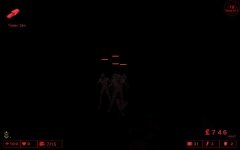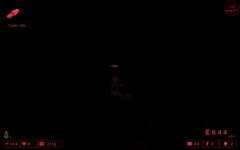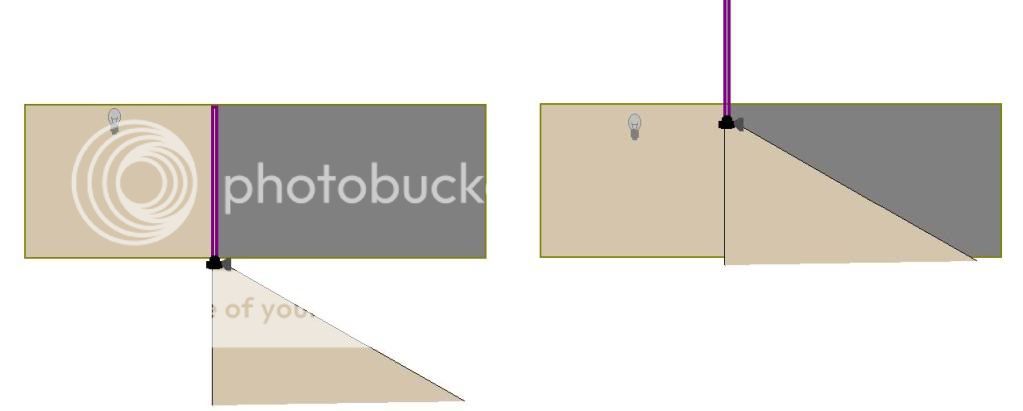I've been poking around the web looking for tutorials and stuff, but it seems only info on the basics that I'm mostly familiar with is readily available. I need more info on how the different types of lighting and projectors work, so I can tailor my map to use them to the best effect. The map I'm working on is intended to use darkness as a major part of the environmental feel and difficulty... no, it's not a Doom 3 map.
Anyway, from what I've learned so far in trying various things... staticmeshes do not cast shadows on other staticmeshes or themselves when hit with static light, so, essentially, if you light one side of a staticmesh, such as, for example, a KFDoorMover, the other side will also be lit, even if the other side of the door is supposed to be in complete darkness. If using dynamic lights, they ignore and pass through everything, including both staticmeshes and BSP, so those are out... I've tried toying with the headlightprojector, but it seems to also cast light through a KFDoorMover the same way static lights do.
What I don't really understand is why it blocks light from illuminating BSP surfaces, but not from illuminating actors.
Attached are some screenshots that illustrate the probem. One of them is the closed door from the dark hallway (the other side of the door and frame (staticmeshes) are lit with dim red lights), The other two are me facing down the dark hallway with the door directly behind me. One of them is with the door open, and the other is with the door closed. Can you tell which?
Now that I've defined the problem, I need to know... what's the solution? Is there a way to fix the lighting so this doesn't happen? are there workarounds I can employ, such as embedding a light blocking volume in a DoorMover, etc? even a way for me to simulate the effect such as having a light that turns on when triggered by the KFUseTrigger of the door would be sufficient for letting the light through when it's open I suppose, but I need to have a way to block the light when it's closed.
Anyway, from what I've learned so far in trying various things... staticmeshes do not cast shadows on other staticmeshes or themselves when hit with static light, so, essentially, if you light one side of a staticmesh, such as, for example, a KFDoorMover, the other side will also be lit, even if the other side of the door is supposed to be in complete darkness. If using dynamic lights, they ignore and pass through everything, including both staticmeshes and BSP, so those are out... I've tried toying with the headlightprojector, but it seems to also cast light through a KFDoorMover the same way static lights do.
What I don't really understand is why it blocks light from illuminating BSP surfaces, but not from illuminating actors.
Attached are some screenshots that illustrate the probem. One of them is the closed door from the dark hallway (the other side of the door and frame (staticmeshes) are lit with dim red lights), The other two are me facing down the dark hallway with the door directly behind me. One of them is with the door open, and the other is with the door closed. Can you tell which?
Now that I've defined the problem, I need to know... what's the solution? Is there a way to fix the lighting so this doesn't happen? are there workarounds I can employ, such as embedding a light blocking volume in a DoorMover, etc? even a way for me to simulate the effect such as having a light that turns on when triggered by the KFUseTrigger of the door would be sufficient for letting the light through when it's open I suppose, but I need to have a way to block the light when it's closed.





